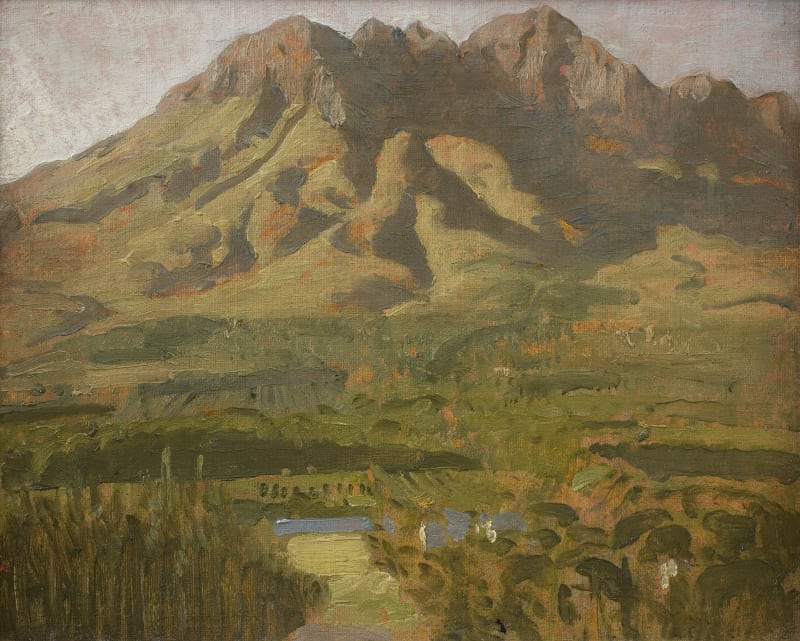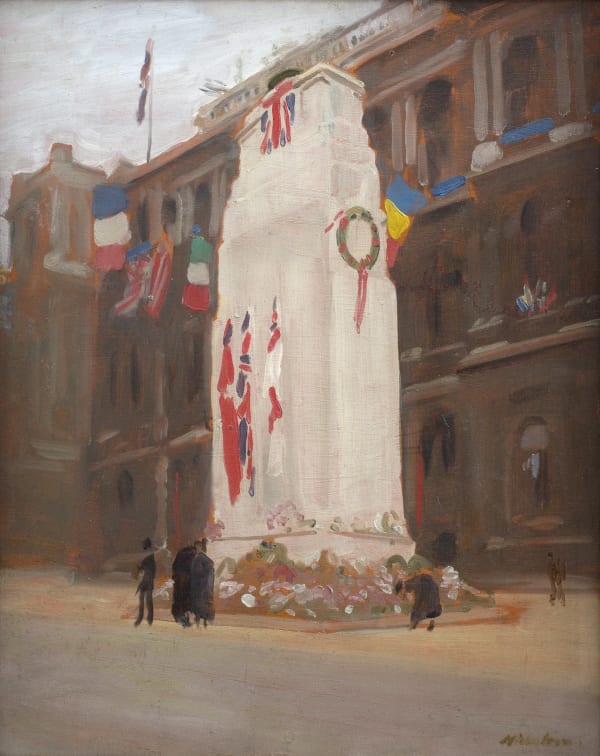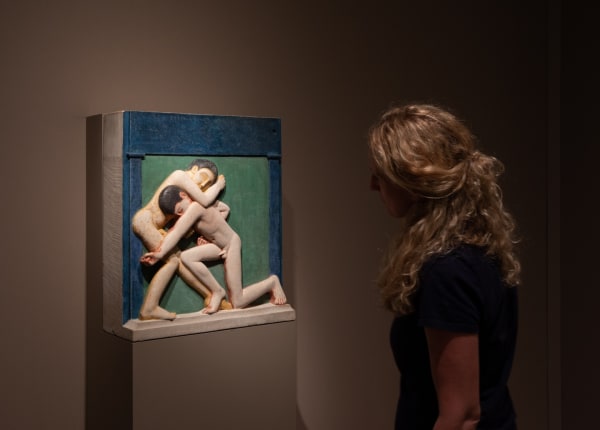William Nicholson
William Nicholson (1872 - 1949)
Sir William Nicholson was born in 1872 in Newark-on-Trent in Nottinghamshire, the youngest of the three children. He attended grammar school in Newark and began studying in 1888 at Herkomer's Art School, just north of London, before moving in 1891 to Paris where he attended the Académie Julian. In 1893 he married Mabel Pryde, sister of the artist James Pryde, and they had four children - the eldest was to become the celebrated St. Ives artist Ben Nicholson. In 1921 Nicholson judged the Carnegie International and in 1924 exhibited 22 works at the Venice Biennale. He turned down consideration for membership of the Royal Academy in 1926 but became a trustee of the Tate Gallery in 1934 for five years. In 1933 he had a significant and wide spanning touring retrospective organised by the Castle Museum in Nottingham alongside an exhibition at the Beaux Arts Gallery, London. His impressive career culminated in a knighthood in 1936, a retrospective at the National Gallery, London in 1942 and a travelling exhibition mounted by the Arts Council of Great Britain in 1947. He died in 1949 in Blewsbury, Berkshire.
Sir William Nicholson was a hugely multifaceted and prolific artist, working across a variety of media including printmaking, poster design, set and costume design, stained glass, illustrations for children's books and woodcut publications. In his painting, Nicholson primarily produced still-life, landscapes and portraits. His delicate, detailed, Flemish-style still-life paintings depict jugs, flowers, vases and fruit, anticipating the genre through which his son established his reputation, whilst his landscapes look back, recalling the tradition of romantic British landscape, realised in soft, hazy hues. Portraiture constituted his main source of income: his early sitters were mainly children but during his career he painted numerous aristocratic ladies, businessmen, politicians, military leaders and academics. These genres are, however, united by Nicholson's continual interest in the effects of light produced by oils - utilising the transparency of oils, Nicholson creates stunning yet subtle effects of darkness, shadow, reflection and illumination.
-

Masterpiece
Royal Hospital Chelsea 27 Jun - 3 Jul 2019Piano Nobile returned to Masterpiece, London's leading art and antiques fair in 2019 . Highlights from the gallery's stand included work by Lucian Freud, Leon Kossoff, and Michael Andrews. There...Read more -

Masterpiece
Royal Hospital Chelsea 24 Jun - 1 Jul 2015 Art FairPiano Nobile is exhibiting at Masterpiece 2015.Read more










